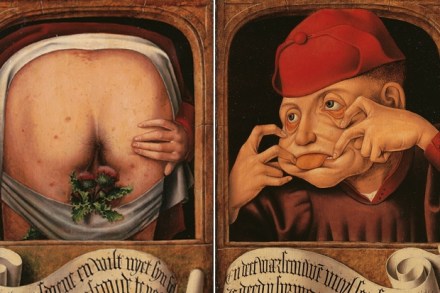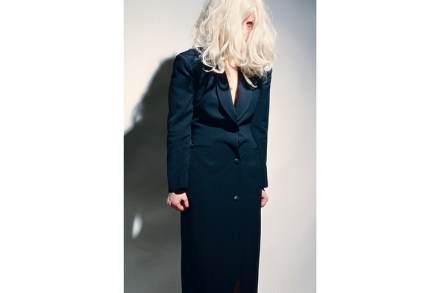Mother nature is finally getting the art she deserves
I guess that few would currently dispute that the world is in crisis. I’m not talking about Covid-19. Nor am I primarily addressing the issues arising from the 36 billion tonnes of carbon that the human project sends into our atmosphere every year. Climate chaos is a part of the issue, but I’m thinking principally of those things that most impact upon the biosphere as an ongoing live enterprise. They include the additional billion humans that our planet acquires every 12 years; the four-fifths of fish populations harvested to or beyond sustainable levels; the half of all the world’s trees felled by our species; the catastrophic depletion of soils by

















